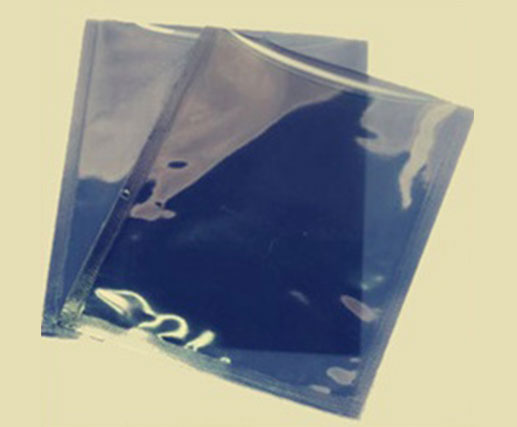What Is the Difference Between Anti-static, Insulation and ESD?
Sep. 26, 2021

Antistatic, Insulation and ESD. These terms all seem difficult, but are they necessary to understand? Yes! Once you have a better understanding of these differences, you will be able to make better decisions for the personal protection of your employees and the protection of delicate components.
What do these terms mean? When are they important? What is the best protection you can offer? TONGXI shares it for you.
Anti-static
This term indicates that a material cannot carry static electricity. When you move, the static charge is mainly caused by friction between your clothing and another surface. This can be your body, other garments or even the upholstery of a chair.
You do not want these charges to accumulate. Instead, these charges need to be discharged as quickly as possible. It is not the charges themselves that are dangerous, but the potential discharge. Such discharges can create sparks that can be life-threatening in explosion hazard areas
ESD
Similar to anti-static, ESD aims to dissipate the charge as quickly as possible to prevent electrostatic discharge.
The difference here is that it is first and foremost the protection of the product or production process, rather than the protection of people. In principle, ESD products should not be regarded as PPE. For example, in companies where people work with microchips or very sensitive equipment, it is best to choose ESD products. Even the smallest discharge can cause damage.
How can I protect sensitive electronics from ESD? A good option is an anti-static bag. It has excellent anti-static, anti-radio frequency, waterproof steam penetration, salt spray and many other functions.

Insulation
In a sense, electrically insulating materials are the opposite of antistatic materials. The properties of the material prevent the dispersion of electrical charges, so that no current can pass through the material.
If you are using electricity, you need to disconnect the circuit you are using. If this is not possible, you must insulate yourself. In other words, you need a high resistance, because the charges always choose the path of least resistance.
Good examples are an electrician standing on a rubber mat, or the rubber sole of an electrically insulated boot.
Despite the fact that many people confuse these concepts, they have much less in common than you might think. Antistatic materials protect against sparks and explosions, ESD is product protection and insulating materials protect you from electrical shocks. To find out more about materials for IC, smart card, chip, Semiconductor, please contact us.








